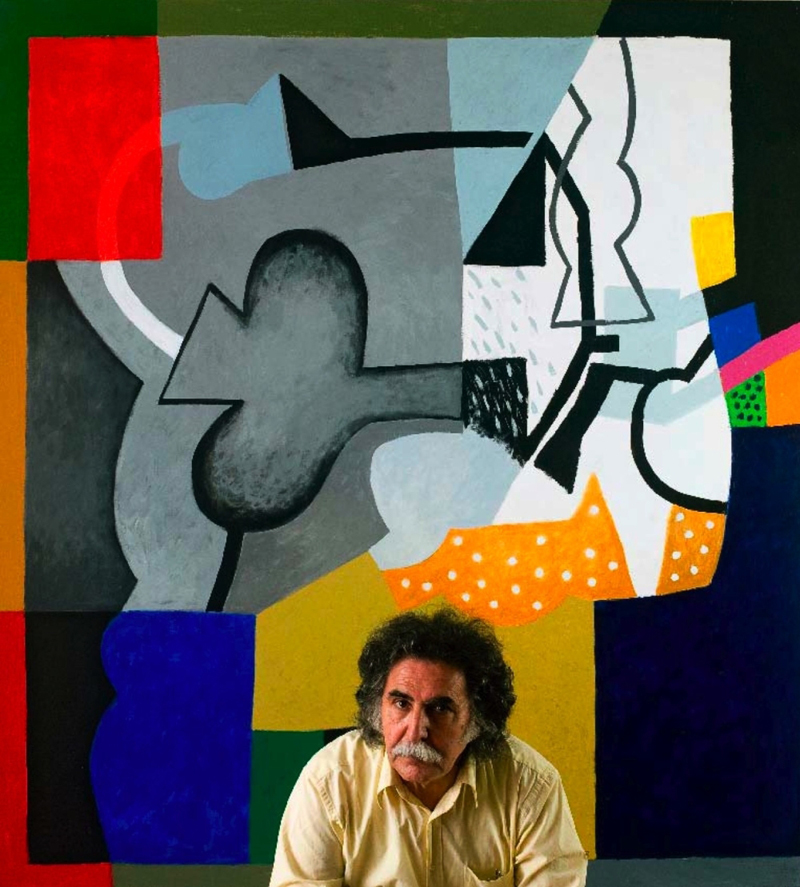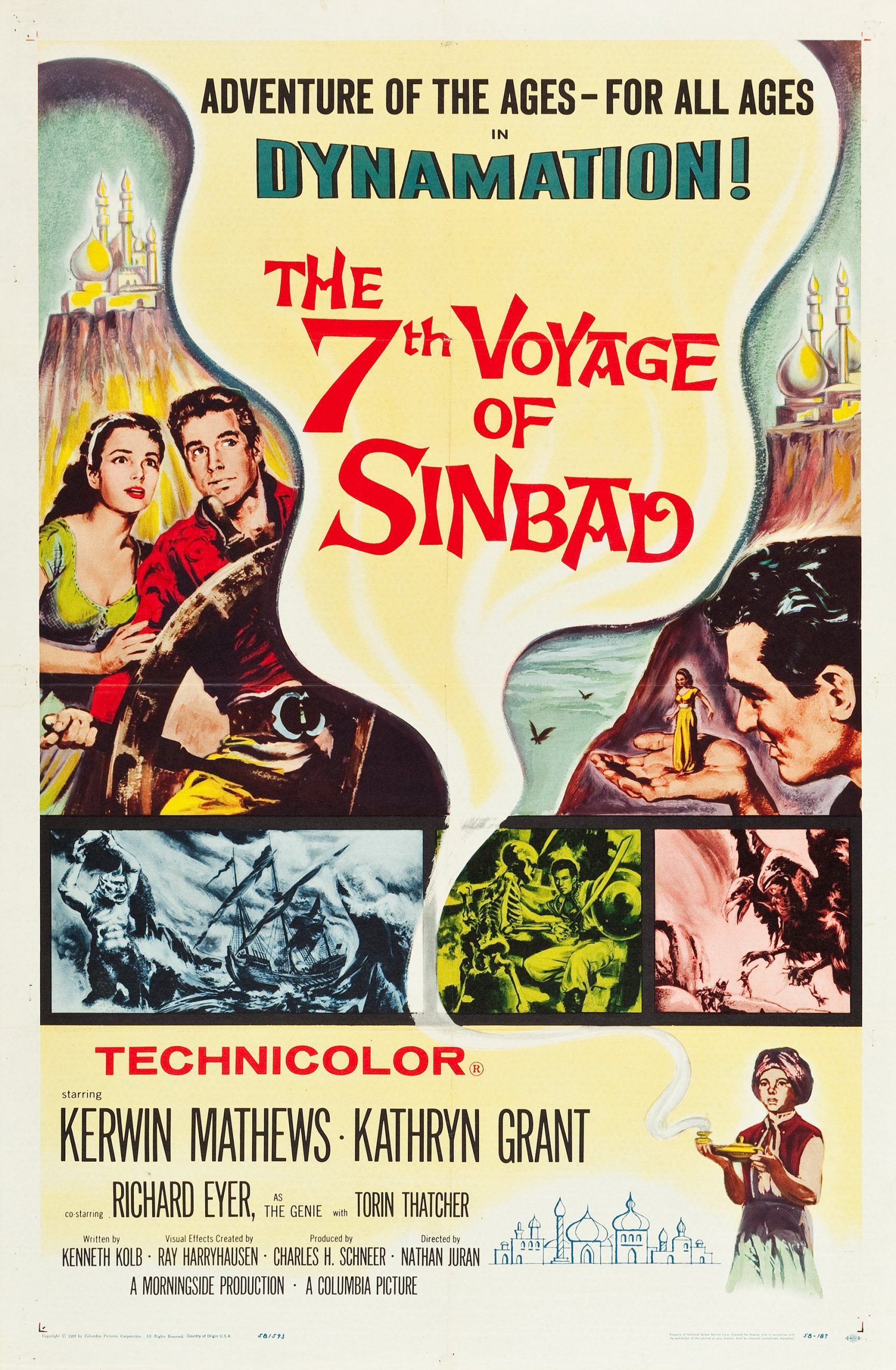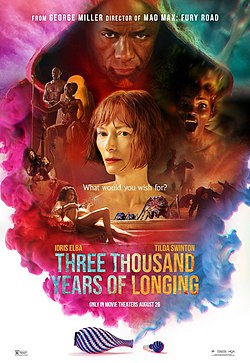Chapter Six: Assignments and Readings

Self-portrait. 2009 by Modernist Painter Dia al-Azzawi of Baghdad, Iraq CC
Over a millennium, mosques and monasteries have preserved several manuscripts of certain sections of the compilation known as The One Thousand and One Nights. These manuscripts also include variations of its frame narrative and show influences from ancient collections of animal fables in 200 B.C.E. – like India’s Sanskrit Panchatantra. The styles of writing include the fantastic, suspense, horror, crime, fantasy, adventure and romance – in addition to hundreds of poems, which were inserted from 900-1300. Its frame narrator – Shahrazad – is more than a storyteller. She is well versed in astronomy and mathematics, philosophy, and science. *The French edition of 1707 includes Aladdin and Ali Baba and the Forty Thieves – authored by a Syrian storyteller. The frame narrative presents King Shahryar (ruler of the world), a Persian ruler prior to the Arab conquest in the region, 700s C.E. The Arabic version in 1100 AD Cairo includes: “The Merchant and the Jinn,” “The Fisherman and the Jinn,” “The Hunchback,” and tales of aja’ib – of marvels, wonders, astonishing things. Known in the Arab world as ‘popular’ urban storytelling tradition, the Nights is now considered ‘middle literature’ – a mix of literary with the popular. Even the Qur’an clarifies the character of the ‘jinn’ as secular and neither an angel nor demon.
Assignments on Chapter Six
The level of complexity increases from Assignment 1 to Assignment 6. Recommended articles follow.
ASSIGNMENT 1: An ‘Interpretative Lens’ Activity
GOAL: The flowing short writing activity builds on critical reading and thinking skills to succeed in the learning process of ‘interpreting’ a piece of literature with theoretical approaches.
INSTRUCTIONS: 1) Choose one of the stories listed below. 2) Read & reflect and write down your own personal experiences with a fantastic story. 3) Share insights on how this story from Arabian Nights inspires your imagination: OER Pressbooks Selections from “The Arabian Nights” or The Arabian Nights Entertainments by Andrew Lang – Free Ebook
ASSIGNMENT 2: A Close-Reading Activity
GOAL: This next short writing activity builds on critical reading and thinking skills to succeed in the learning process of ‘interpreting’ a piece of literature.
INSTRUCTIONS: 1) Read the excerpt below from Coleridge’s letter. 2) Then, share your own impressions with your own experiences with storytelling as a youth. 3) Lastly, include reflections on how reading, viewing, and even writing fantasy and fables in the present inspire your imagination and engagement with forms of storytelling. Add quotes and references with authors, titles, and dates to write with detail and precision. Your piece of writing should be clear and detailed to be understood by colleagues across communities, regions, and borders.
The quote below by Romantic poet Samuel Taylor Coleridge explains that when he reads as an adult, the magical world of stories from his childhood has disappeared. But he remembers the impact of reading from The Arabian Nights and fairy tales. These memories later manifested in his own poetry, such as The Rime of the Ancient Mariner (OER: “The Rime of the Ancient Mariner, 1834).
I heard him with a profound delight & admiration; but without the least mixture of wonder or incredulity. For from my early reading of Faery Tales & Genii, my mind has been habituated to the Vast…(Letters 1:354)
ASSIGNMENT 3: A Comparative Exercise On the fantastic in Coleridge’s poem & The Arabian Nights
GOAL: This short writing activity builds on critical reading and thinking skills to succeed in the learning process of ‘interpreting’ a piece of literature
INSTRUCTIONS: 1) Work with Coleridge’s poem and your chosen story from The Arabian Nights. 2) Identify two examples from each text of the ‘fantastic’ and explain the differences between both texts. 3) Address the main differences you can easily identify and explain – such as setting and character. 4) But also explain differences between beliefs and values, aspects of Western and Asian / Middle Eastern ideology.
ASSIGNMENT 4: Visual Literacy
GOAL: This short writing activity builds on critical reading and thinking skills to succeed in the learning process of ‘interpreting’ a piece of literature with theoretical approaches on orientalism.
INSTRUCTION: 1) Work with the images below. 2) Identify characteristics that are more about the Western culture – norms associated with Europe, England, and the U.S. and its territories. 3) What do you learn about Edward Said’s postcolonial theory Orientalism from that image?


1958 Film Poster of 7 Voyages of Sinbad & the 2022 film titled Three Thousand Years of Longing cc
ASSIGNMENT 5: Close-read Edgar Allan Poe’s 1001 Nights Adaptation
GOAL: This short writing activity builds on critical reading and thinking skills to succeed in the learning process of ‘interpreting’ a piece of literature with theoretical approaches to orientalism.
INSTRUCTIONS: 1) To witness ‘orientalism’ in a retelling from The Arabian Nights, work with Edgar Allan Poe’s version titled “Thousand-and-Second Tale of Scheherazade” (1845). OER: Edgar Allan Poe’s 1001 Nights. 2) Focus on its frame narrative or following tales. 3) What do you learn about Poe’s adaptation and orientalism in general? 4) Conclude by informing your own journey of navigating different cultures and or versions of the Nights.
ASSIGNMENT 6: The Fantastic and Ecocriticism
GOAL: This short writing activity builds on critical reading and thinking skills to succeed in the learning process of ‘interpreting’ a piece of literature with theoretical approaches on ecocriticism.
INSTRUCTIONS: Western tradition and its literature, since the 1700s, has marginalized ‘the fantastic’ in its placement as children’s literature. Yet, romantic authors reclaimed the imaginative aspects of literature. As the third generation of environmental studies in literature, ecocriticism is a critical theory that also informs on looks on the fantastic. For example, David Sandner in a 2000 article shares the work of Cheryll Glotfelty on ecocriticism and the fantastic. OER Ecocritique of “Arabian Nights”
The role fantastic literature can play in ecocriticism is evident in Cheryll Glotfelty’s definition of ecocriticism in her introduction to The Ecocriticism Reader (1996) “What, then is ecocriticism? Simply put, ecocriticism is the study of the relationship between literature and the physical environment. (Sandner 2000)
1)Work with one of the tales following Shahrazad’s frame narrative. 2) Identify the role of the physical and natural environment has to the story. 3) What other representations of nature can you identify and explain its role? *Hint: Many stories about a jinn address the ocean in the Nights.
RECOMMENDED READINGS AND RESOURCES ON ECOCRITICISM
Media Attributions
- Painter Dia al-Azzawi © Wikipedia is licensed under a CC0 (Creative Commons Zero) license
- Three Thousand Years of Longing © Wikipedia is licensed under a CC0 (Creative Commons Zero) license

